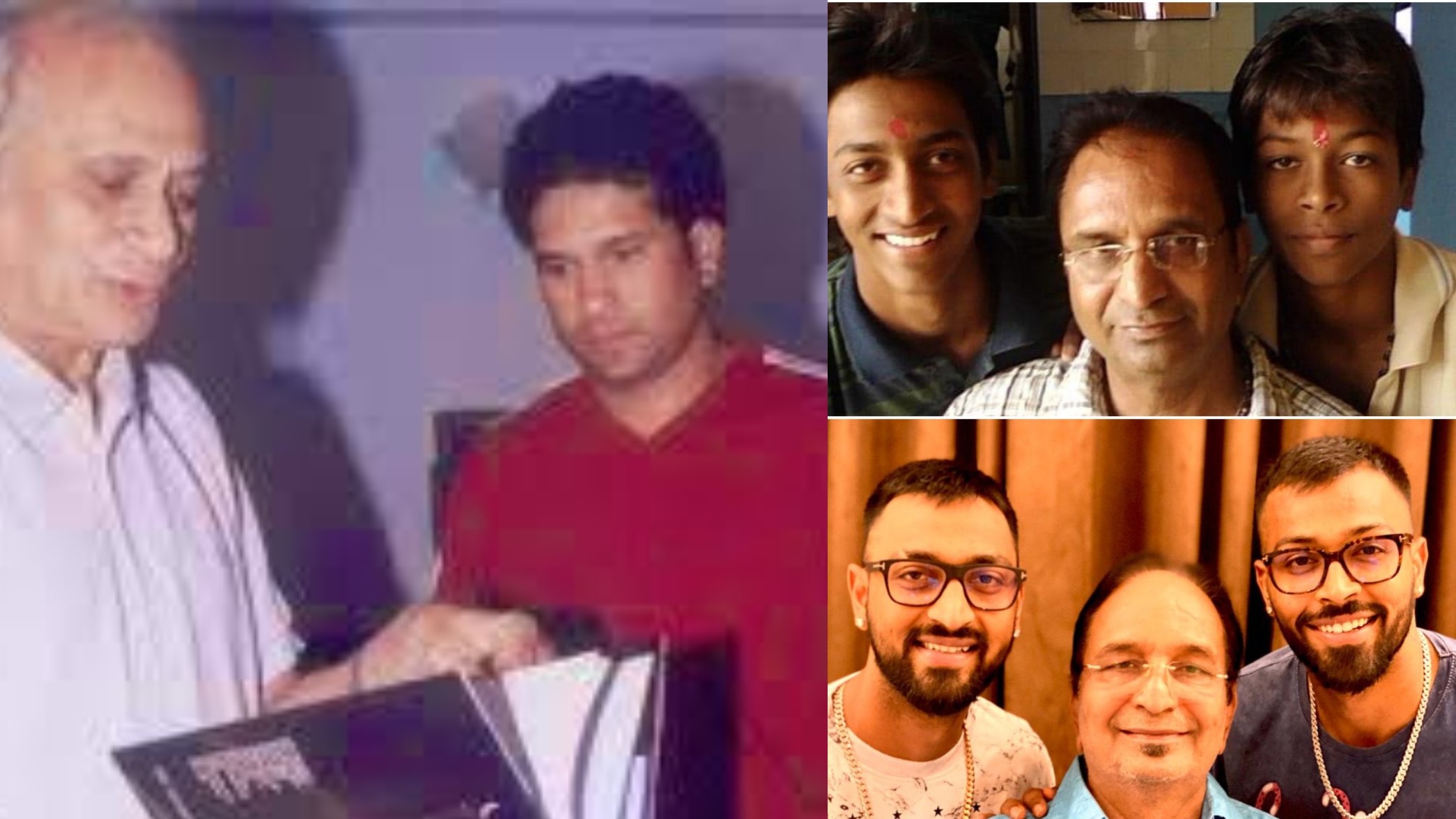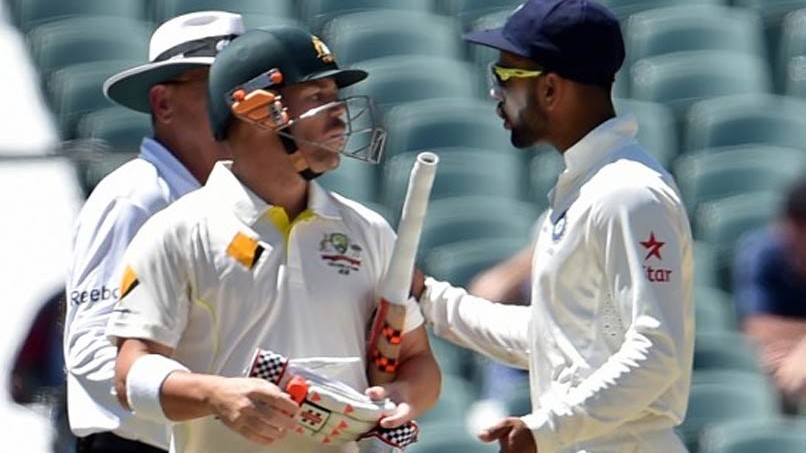Australian left-arm seamer, Mitchell Starc, has provided video footage of the 2018 Port Elizabeth Test against South Africa to prove that he was actually injured and deserves an insurance payout of US$ 1.53 million for losing out on his US$ 1.8 million deal with Kolkata Knight Riders (KKR) in the Indian Premier League (IPL).
Starc filed the lawsuit in April last year against his insurers, who disputed the timing of the injury at St George's Park as a hindrance to his involvement in IPL 2018.
Read Also: Mitchell Starc may consider playing in IPL if it’s played in October-November
Published by 'The Sydney Morning Herald', a report stated that the civil trial has been rescheduled to 12 August after mediation talks between the two parties broke down last month, when Starc's manager Andrew Fraser provided footage from Fox Sports of the speedster bowling in the second Test of that series.
"The delay came after lawyers for the insurers argued they did not have enough time to assess the footage from March 10, one clip lasting one minute 37 seconds, and the second 7:25 minutes," the report said.
In turn, Starc's legal team argued that the insurers had 13 months to "review the case and seek footage."
It was asked of the 30-year-old to prove that "he suffered a single, sudden and unexpected event which occurred at an identifiable time and place".
Starc did play the next Test in Cape Town but ended up missing the following one in Johannesburg.
Both parties fighting the legal case have a different medical claim.
Russel Miller, the orthopaedic surgeon, whom Starc took help from, said the injury was "complex and multifactorial" but "it is likely, on the balance of probabilities, that at specific injury occurred on 10/03/2018 which was associated with extreme physical activity including bowling on a pitch with uneven footmarks."
Speaking on the behalf of the insurance company, doctor Seamus Dalton, shared a contrary view.
"In my opinion, the plaintiff did not suffer an injury or accident on 10 March 2018," he said. "Mr Starc became aware of the onset of right posterior and posterolateral calf pain during the course of the second Test. Onset appears to have been gradual and symptoms continued over the course of the Test."
(Inputs from PTI)



